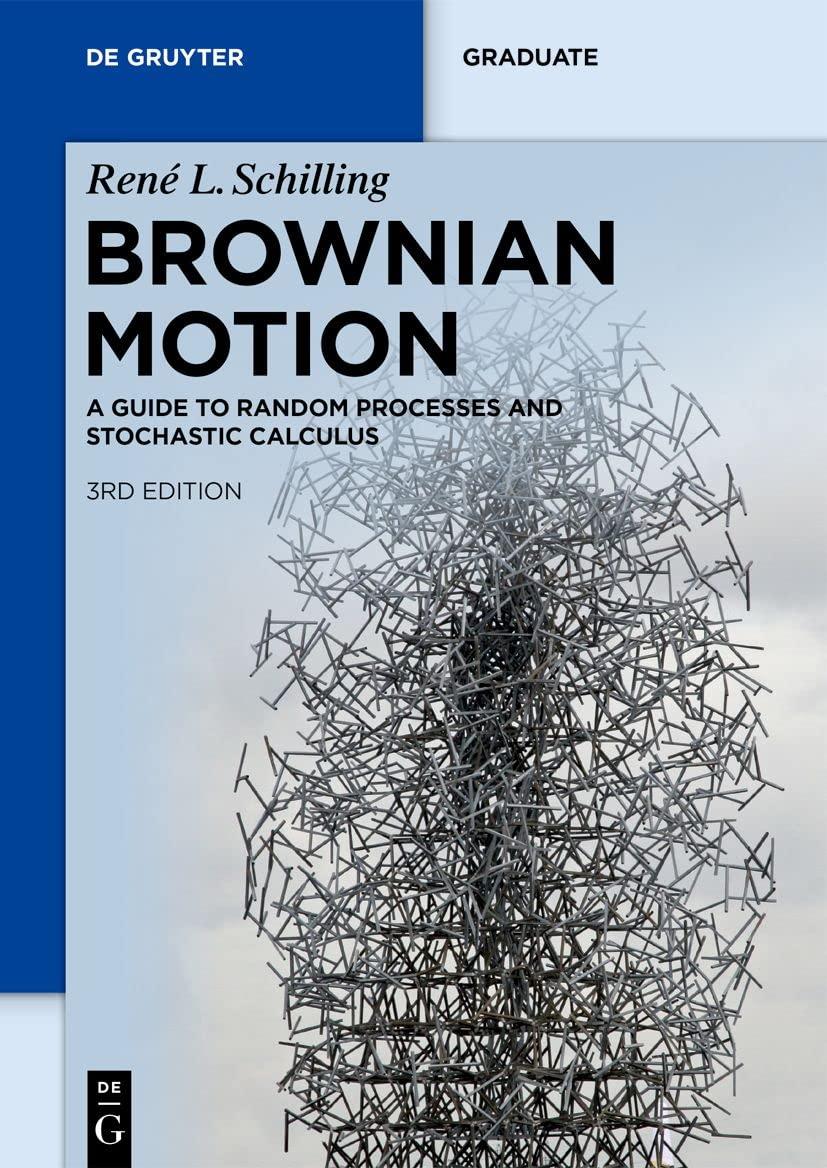Let (phi in mathrm{BV}[0,1]) and consider the following Riemann-Stieltjes integral [G^{phi}(w)=phi(1) w(1)-int_{0}^{1} w(s) d phi(s), quad w
Question:
Let \(\phi \in \mathrm{BV}[0,1]\) and consider the following Riemann-Stieltjes integral
\[G^{\phi}(w)=\phi(1) w(1)-\int_{0}^{1} w(s) d \phi(s), \quad w \in \mathcal{C}_{(0)}[0,1]\]
Show that \(G^{\phi}\) is a linear functional on \(\left(\mathcal{C}_{(0)}[0,1], \mathscr{B}\left(\mathcal{C}_{(0)}[0,1]ight), \muight)\) satisfying
a) \(G^{\phi}\) is a normal random variable, mean 0 , variance \(\int_{0}^{1} \phi^{2}(s) d s\);
b) \(\int_{\mathcal{e}_{(0)}[0,1]} G^{\phi}(w) G^{\psi}(w) \mu(d w)=\int_{0}^{1} \phi(s) \psi(s) d s\) for all \(\phi, \psi \in \mathrm{BV}[0,1]\);
c) If \(\left(\phi_{n}ight)_{n \geqslant 1} \subset \mathrm{BV}[0,1]\) converges in \(L^{2}\) to \(\phi\), then \(G^{\phi}:=\lim _{n ightarrow \infty} G^{\phi_{n}}\) exists as the \(L^{2}\)-limit and defines a linear functional which satisfies a) and b).
Step by Step Answer:

Brownian Motion A Guide To Random Processes And Stochastic Calculus De Gruyter Textbook
ISBN: 9783110741254
3rd Edition
Authors: René L. Schilling, Björn Böttcher





